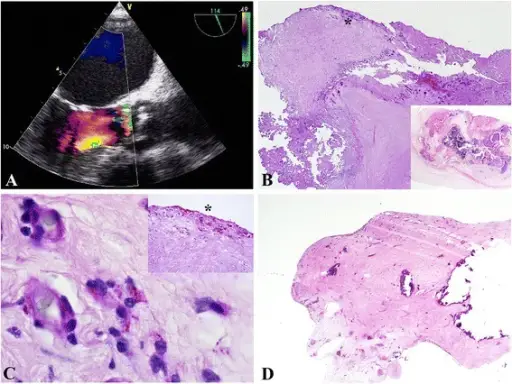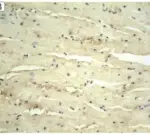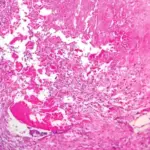Calcific valvular degeneration is a slow and progressive condition that goes from mild valve thickening to severe calcification, impairing leaflet motion.
Examples of calcific valvular degeneration include:
- Calcific aortic stenosis
- Calcific stenosis of congenitally bicuspid aortic valve
- Mitral annular calcification.
What is the Pathology of Calcific Valvular Degeneration?
Calcific valvular degeneration pathology is initiated by focal leaflet thickening with normal valve function, progressing to thickening of the valve leaflets, formation of calcium nodules, formation of new blood vessels, and formation of nodular calcified masses within aortic cusps, eventually interfering with its opening and function; commonly affecting aortic valve.
How does Calcific Valvular Degeneration Present?
Calcific valvular degeneration presents in 30% of elderly >65 years old. Hallmark features include early atherosclerosis, cell proliferation and osteoblast expression.
How is Calcific Valvular Degeneration Diagnosed?
Calcific valvular degeneration diagnosis is done through 2D echo.
How is Calcific Valvular Degeneration Treated?
Calcific valvular degeneration is treated with surgical replacement.
What is the Prognosis of Calcific Valvular Degeneration?
Calcific valvular degeneration prognosis is moderate with 50% risk of the disease to cause cardiovascular related events. And 80% mortality over 5 years from diagnosis.



